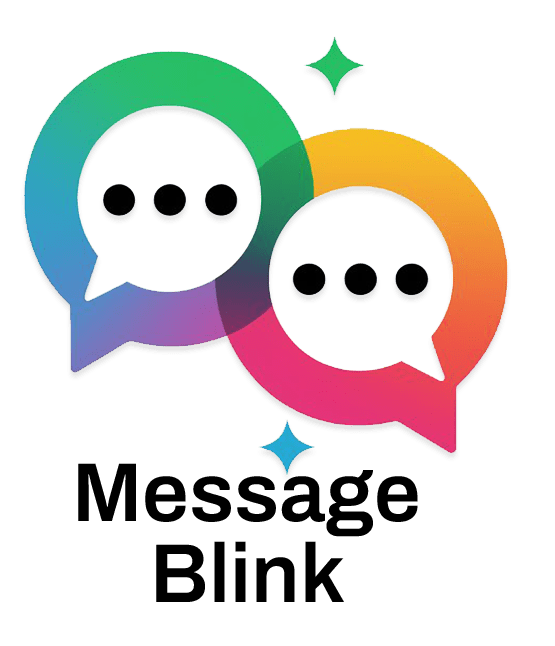Salesforce recently announced it will retire Marketing Cloud Advertising Studio and all related products by August 15, 2026. For many marketing teams, this reflects a major shift away from the advertising tools they have relied on to connect Salesforce CRM data with third-party ad platforms like Facebook, Google, and LinkedIn.
As Salesforce consolidates into its next-generation Data Cloud Ad Audiences, delivering enhanced real-time segmentation and broader integrations, businesses must pivot their marketing strategies to stay ahead.
What Products Are Being Retired?
Salesforce’s retirement affects the entire suite of Marketing Cloud Advertising Studio products, including both Professional and Enterprise editions and associated packages. Specifically, the products being retired are:
Active Audiences (Package 1 & 2)
Advertising Performance Package
(ExactTarget) MC Advertising Enterprise
(ExactTarget) MC Advertising Enterprise – Emails (1,000)
(ExactTarget) MC Advertising Professional
(ExactTarget) MC Advertising Professional – Emails (1,000)
Marketing Cloud Advertising Enterprise – Contacts (1,000)
Marketing Cloud Advertising Professional
Marketing Cloud Advertising Professional – Contacts (1,000)
Marketing Cloud Advertising Standalone Enterprise
Marketing Cloud Advertising Standalone Professional
Subscriptions to these products will not be renewable beyond August 15, 2026. You will retain access through your existing contract period but will need to transition soon
Why Is Salesforce Retiring Advertising Studio?
This move follows a broader industry shift toward unified, data-driven marketing platforms that offer real-time customer intelligence and seamless cross-channel activation. Salesforce’s successor, Data Cloud Ad Audiences, expands and improves upon Advertising Studio’s capabilities by providing:
Real-Time Segmentation: Audiences update dynamically using live CRM data and external sources.
Multi-Platform Activation: Easily deploy audiences not just on Facebook and Google, but across a growing range of digital channels and demand-side platforms (DSPs).
Identity Resolution: Unify fragmented customer data from multiple Salesforce clouds and third-party systems for a comprehensive audience view.
Robust Privacy Controls: Built-in compliance features accommodate evolving data privacy laws globally, ensuring secure data usage.
This reflects Salesforce’s strategy to consolidate marketing automation and data activation under a simplified, AI-powered architecture, making Marketing Cloud more flexible and potent.
What Marketing Teams Should Do Now?
For users relying on Advertising Studio, early preparation will mitigate disruption and maximize opportunity:
- Audit Current Campaigns: Catalog automations, audience segments, and integrations dependent on Advertising Studio.
- Engage Salesforce Account Executives: Discuss timelines, licensing details for Data Cloud Ad Audiences, and migration support options.
- Pilot Data Cloud Ad Audiences: Start testing within sandbox environments to validate use cases well before contract expiration.
- Evaluate Complementary Solutions: Consider Salesforce-native messaging apps to diversify and enrich campaign outreach beyond paid ads.
What Does This Mean for Your Marketing Strategy?
Marketing teams currently leveraging Advertising Studio should expect the following impacts:
Increased Complexity in Data Management: Moving to Data Cloud Ad Audiences requires new licenses, training, and infrastructure investment.
Multiple Tool Up-skilling: Teams will need to work with Marketing Cloud Engagement, Marketing Cloud on Core, and Data Cloud in combination-more complexity than the previous all-in-one Advertising Studio.
Renew Budget Planning: Acquire new licenses and budget for Data Cloud early to avoid surprises during fiscal planning.
Reassess Campaign Outreach: This is a prime time to evaluate automation, bulk messaging, and customer engagement tactics beyond paid ads.
Message Blink: A Salesforce-Native App for Campaign Outreach
With Advertising Studio retiring, marketers increasingly seek powerful, flexible platforms for customer engagement right inside Salesforce CRM. Message Blink, a 100% Salesforce-native app designed for bulk SMS and WhatsApp messaging that complements Salesforce campaigns seamlessly.
Why Choose Message Blink?
- 100% Native to Salesforce: All messaging operates directly within Salesforce- eliminating middleware, delays, and sync issues.
- Bulk SMS in Salesforce: Effortlessly run personalized SMS campaigns targeting leads, contacts, and campaign members.
- WhatsApp for Salesforce: Reach customers on their preferred messaging app with automated WhatsApp outreach.
- Two-Way Messaging: Manage conversations with customers from a unified inbox, capturing replies and enabling real-time engagement.
- Automation with Salesforce Flows: Trigger messages and campaigns based on CRM events- fully customizable by admins with no coding required.
- Built-in Compliance: Opt-in tracking, logging, and industry-standard safeguards ensure your campaigns stay regulatory compliant.
Practical Benefits for Marketing Leaders and Admins
- Streamline campaign outreach by integrating SMS and WhatsApp with Salesforce Campaigns for reliable tracking and ROI.
- Enhance lead nurturing with timely text reminders, alerts, promotions, and surveys, driving higher engagement.
- Deploy multi-channel outreach with minimal setup- enable admins to launch bulk campaigns and automate workflows quickly.
- Support international marketing efforts across the USA, UK, Canada, and Germany with Message Blink’s global messaging coverage.
Leveraging AI to Enhance Marketing Cloud and Messaging
Salesforce continues embedding AI into Marketing Cloud products with tools like Einstein GPT that optimize sending times, personalize content dynamically, and forecast engagement. Message Blink complements this AI-driven marketing by enabling:
- Automated SMS triggers powered by Salesforce’s AI-enabled workflows.
- Real-time two-way messaging that adapts messaging cadence based on customer interaction signals.
- Analytics integration to correlate SMS campaign performance with Salesforce metrics.
Together, AI-enhanced platforms and Salesforce-native SMS apps form the next-generation marketing technology stack for smarter, data-driven engagement.
Best Practices for Transitioning Your Marketing Strategy
- Begin migration early- test Data Cloud Ad Audiences and Message Blink side-by-side to compare benefits.
- Educate marketing and Salesforce admin teams on new capabilities and automation opportunities.
- Map out campaign workflows, segment audiences for targeted SMS/WhatsApp outreach, and monitor results diligently.
- Prioritize customer consent and data privacy adherence amid evolving regulations.
- Combine AI-driven personalization with multi-channel messaging to maximize customer lifetime value.
Conclusion
Salesforce’s retirement of Marketing Cloud Advertising Studio heralds a pivot to advanced data platforms and real-time customer engagement. Marketers who adapt by blending unified data strategies with powerful Salesforce-native messaging like Message Blink will unlock richer, more personalized communication- at scale and speed.
Ready to future-proof your Salesforce marketing?
Book a demo of Message Blink now to get free SMS credits plus a 30-day free trial-empower your campaigns with native SMS & WhatsApp messaging today!


